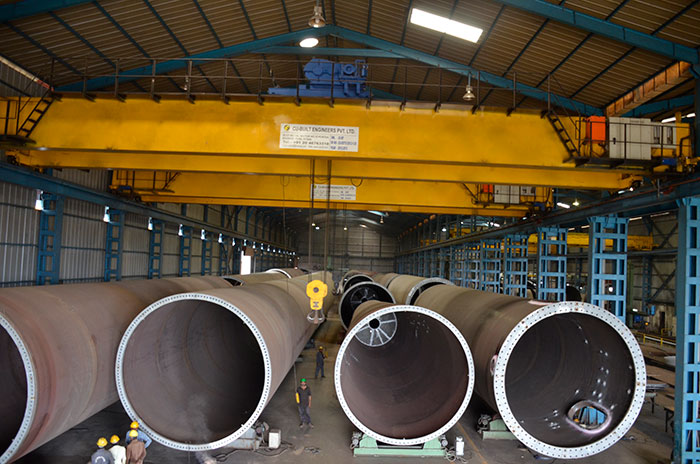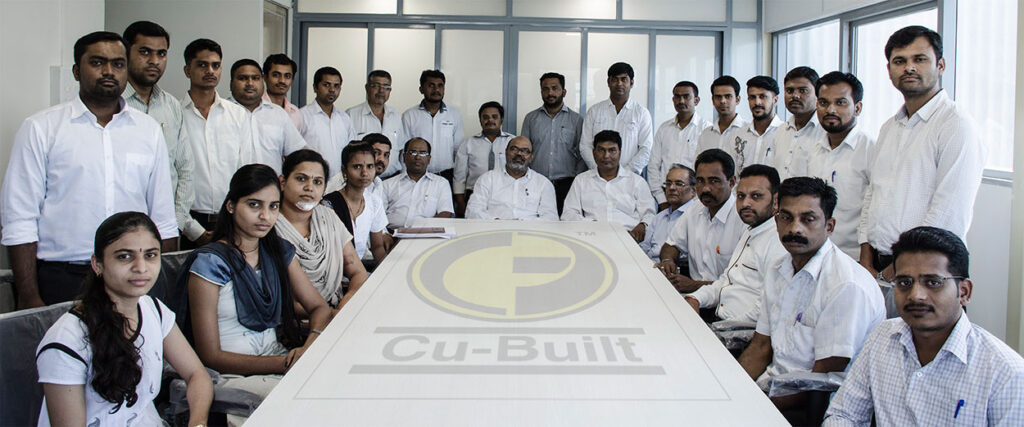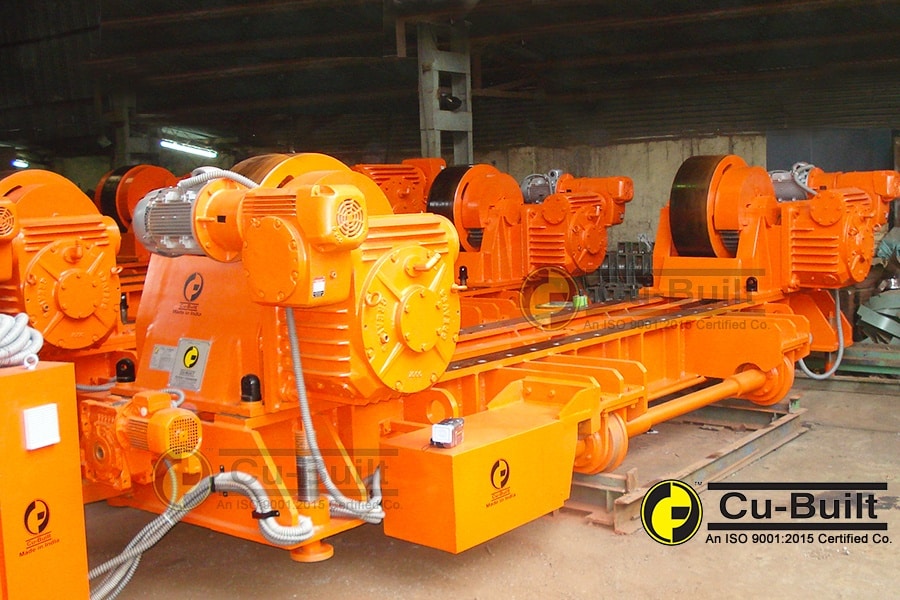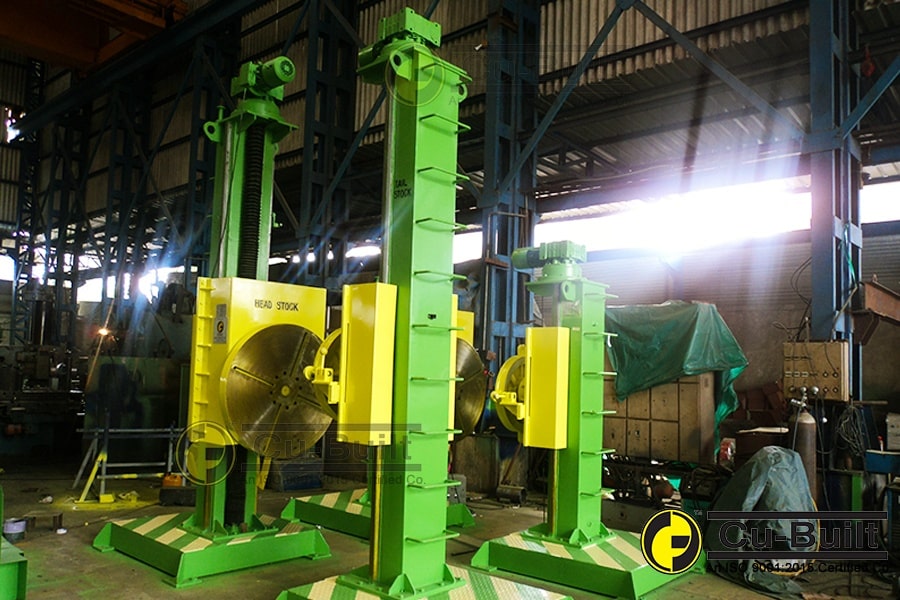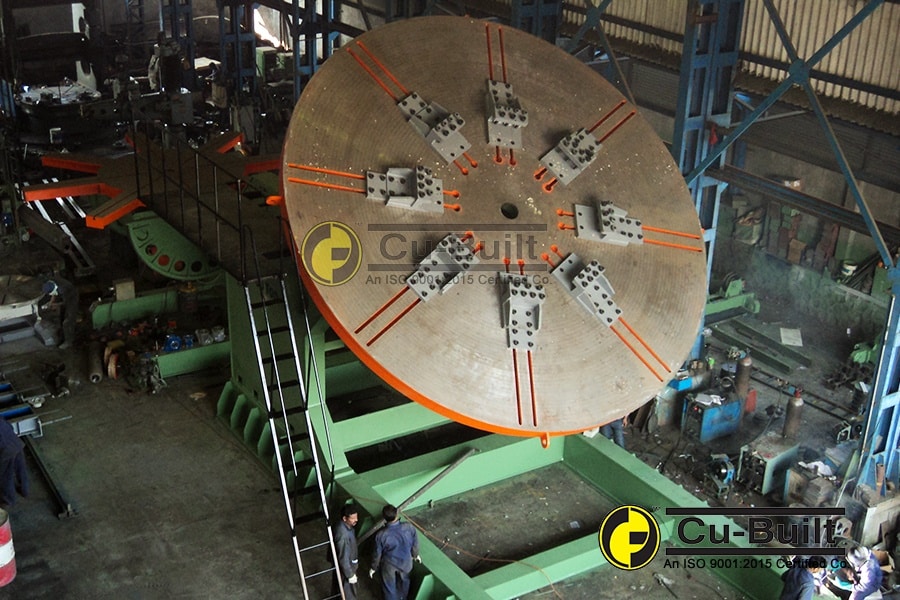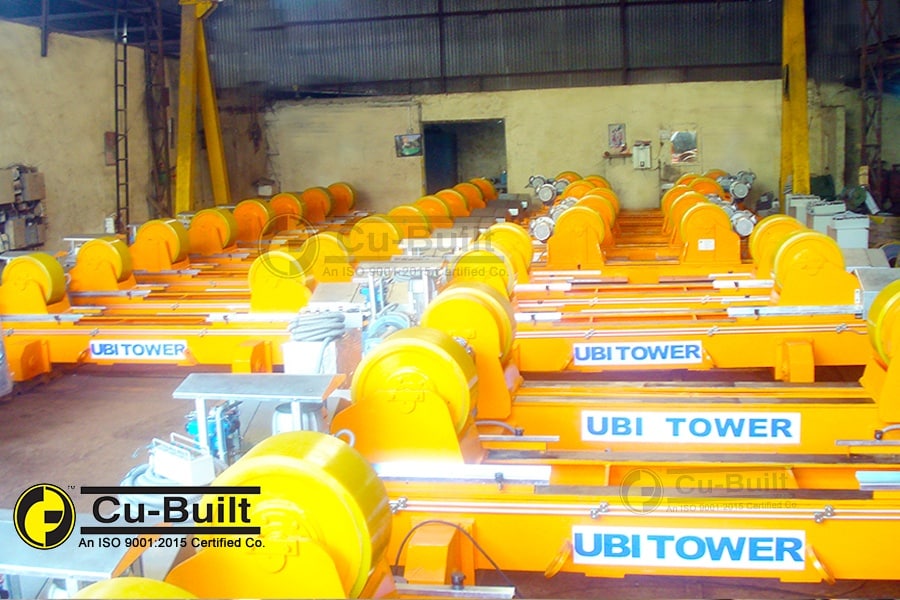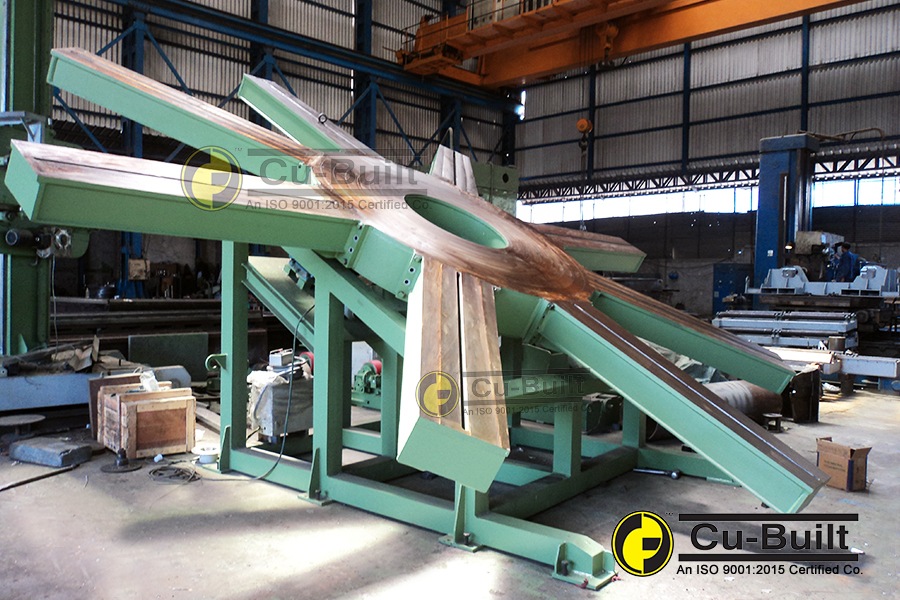Welding Rotator Role in Windmill Manufacturing
Welding rotators play a crucial role in the manufacturing of windmills, particularly during the manufacturing and assembly processes. Windmills consist of large structures, including towers and blades, which require precise welding for their construction. Welding rotators are used to facilitate the welding of these components by providing controlled rotation and support.
Here’s how welding rotators contribute to windmill manufacturing:
Tower Fabrication: Windmill towers are typically made of steel sections that are welded together to form a tall cylindrical structure. Welding rotators are employed to rotate the tower sections, allowing welders to access all sides evenly. This ensures consistent and high-quality welds throughout the tower’s length.
Blade Manufacturing: Windmill blades are typically made of composite materials, such as fiberglass or carbon fiber reinforced polymers. However, the root sections of the blades, which attach to the rotor hub, often require steel reinforcements or additional structural elements. Welding rotators are used to rotate the blade root sections, enabling precise welding of these steel components onto the blade structure.
Component Assembly: In the assembly of windmills, various components need to be joined together. For example, the tower sections need to be connected to the nacelle, which houses the wind turbine generator and other electrical components. Welding rotators assist in positioning and rotating these components during the welding process, ensuring accurate alignment and secure welds.
Surface Treatment: Before welding, the steel components of windmills often undergo surface preparation, such as cleaning, grinding, or coating. Welding rotators can be used to rotate the components, allowing for efficient and thorough surface treatment across all areas.
Quality and Efficiency: Welding rotators improve the quality and efficiency of the welding process. By providing controlled rotation, they enable welders to achieve consistent weld penetration and prevent defects like uneven bead profiles or lack of fusion. Moreover, the use of welding rotators reduces the need for manual repositioning of large and heavy components, saving time and effort during welding operations.
The welding rotators used in windmill assembly are typically designed to handle the weight and dimensions of the components involved. They can be adjusted to accommodate different sizes and shapes of windmill parts, providing flexibility in the assembly process.
Overall, welding rotators play a vital role in windmill development by facilitating the welding process for various components, ensuring structural integrity, and contributing to the overall quality and efficiency of windmill manufacturing and assembly.


